How to make a drain for a washing machine into a sewer
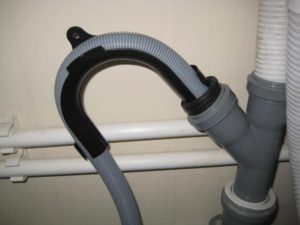 If you decide to connect the washing machine yourself, without entrusting such work to a specialist in order to save money, then find out all the nuances before doing this. In this case, you will be fully armed, so to speak, prepare everything you need at once and do the job efficiently. How to drain a washing machine correctly, what methods exist, this will be discussed further.
If you decide to connect the washing machine yourself, without entrusting such work to a specialist in order to save money, then find out all the nuances before doing this. In this case, you will be fully armed, so to speak, prepare everything you need at once and do the job efficiently. How to drain a washing machine correctly, what methods exist, this will be discussed further.
Connection methods, which one to choose?
There are three ways to organize the drainage of waste water from a washing machine.
- The first method involves draining water into the plumbing - the easiest option to implement. Even a beginner who is connecting the machine for the first time can make such a drain.
- The second method involves connecting to the drain through a siphon. This method is considered the most optimal and is used most often.
- The third way is to connect the drain hose to the sewer directly. This option is difficult to organize; connecting the drain in this way is most often trusted to a specialist.
In addition to the complexity of connection, each option has its pros and cons. For example, draining water into plumbing is the most unreliable and unaesthetic. The drain hose attachment through the bathtub or toilet may come loose, causing water to flood the bathroom. In addition, you pollute the bathtub, which will have to be cleaned until it shines every time you wash it. There may be an unpleasant odor in the room while draining. But when connected through a siphon, on the contrary, you will be protected from such odors.
Think carefully before choosing one or another connection method; it is better to spend time and effort right away than to redo everything later and pay for the damage to your neighbors.
The “overboard” method of draining water is only suitable if you install a washing machine in a country house or in a private house where there is no sewerage system. In this case, you throw the hose into a special tank, from which you pour water after each wash cycle.
What do you need for work?
When preparing to carry out work, check the length of the standard hoses and whether they are sufficient for the method of drainage you have chosen. In addition, you may need adapters. Their size and design will depend on the material from which the pipes and drains in your apartment are made. So, in addition to the drain hose included in the kit, you may need:
- sealing rubber;
- clamp;
- fitting;
- check valve;
- siphon;
- tee;
- a set of keys;
- grinder for cutting pipes when connecting directly to the sewer.
Connect via siphon
When installing a washing machine in the kitchen, the preferred way to organize the drain is to connect the drain hose to the sink siphon. To do this, you need to provide a place for the machine not far from the sink. If the already installed siphon does not have an additional outlet for the washing machine, then you can completely replace the siphon with a new one or add a splitter. It’s even better if you purchase a special siphon with a branch and a check valve.

The check valve will prevent waste water from flowing back into the machine, as well as the appearance of unpleasant odors.
The siphon is installed as high as possible to the sink, at a height of at least 40 cm from the floor level.And the drain hose itself, coming from the machine, is fixed at a height of 70 cm from the floor on the machine body with a special holder. In this way, the hose first rises and then falls back into the drain.
The water drain hose is connected to the siphon through a special pipe, which is placed on the siphon branch and secured with a clamp. A similar connection is shown in the photo below.
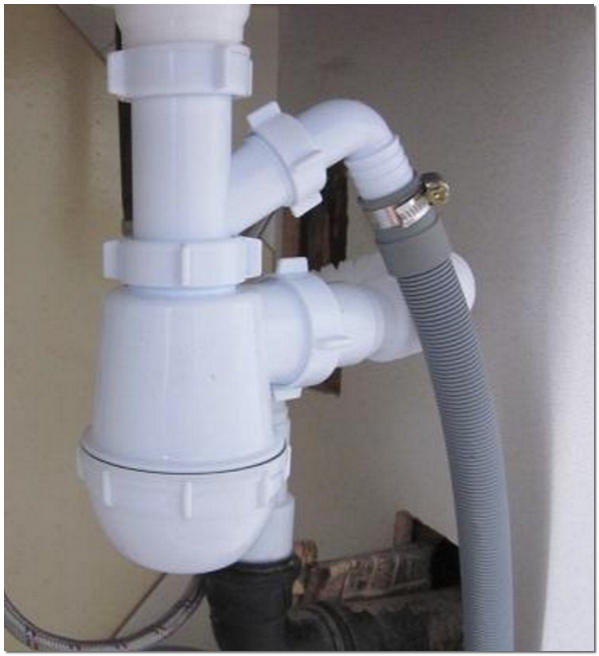
Connection without siphon
Connecting to a sewer without a siphon, directly into the sewer, will require special plumbing skills. Therefore, if you doubt your abilities, then you should contact a master. Moreover, the machine will not be repaired under warranty if the connection rules are violated. Repairs will be entirely at your expense.
What is needed to connect the drain directly? It is necessary to make an insert in the sewer pipe for a branch under the drain hose. It’s good if the sewer pipe is plastic, but problems can arise with cast iron pipes. Once the branch is installed, you need to insert the drain hose into this branch through the O-ring. The most important thing is to maintain the connection height. The hose is inserted into the sewer at a height of at least 60 cm, and it should not touch the water. This will ensure that odors are retained.
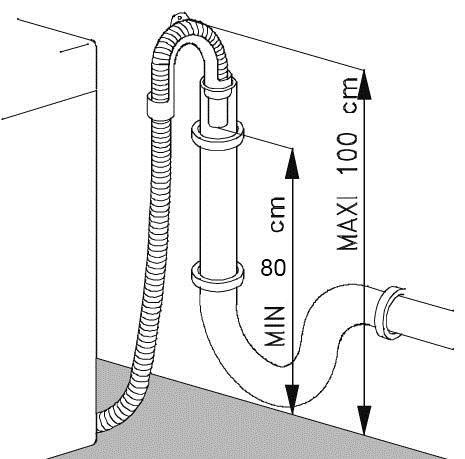
Important! The height of the hose connection affects the load of the drain pump. Therefore, observe the recommended value.
Draining the washing machine into the sewer is good if the sink with a siphon is located at a distance of more than two meters from the washing machine. A long hose is not an option in such a situation, since it puts an additional load on the pump.
Thus, if you follow the instructions and recommendations specified in the passport for your washing machine, you can connect the machine to the drain yourself. After connecting, be sure to check the operation of the washing machine in idle mode and ensure that all connections are tight.
Interesting:
1 reader comment
Add a comment Cancel reply
Categories
Washing machine repair


For buyers

For users

Dishwasher

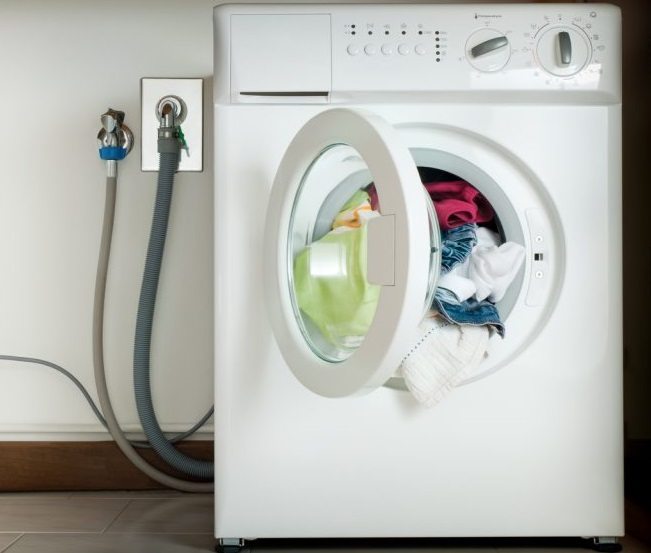
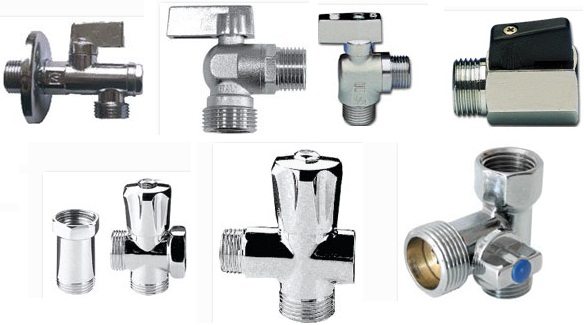


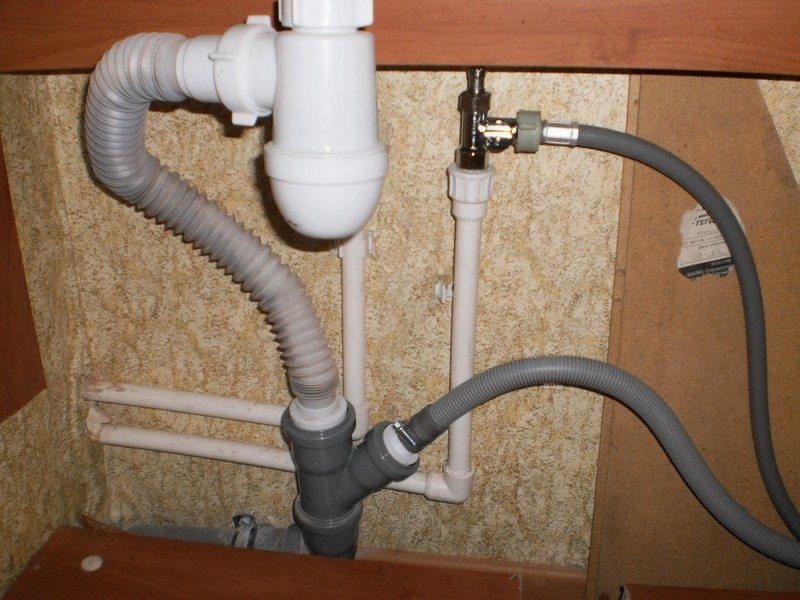











Why drain through a siphon if there is residual water in the drain hose of the washing machine, which serves as a water seal? The hose from the machine rises up, then lowers - a water seal is created!